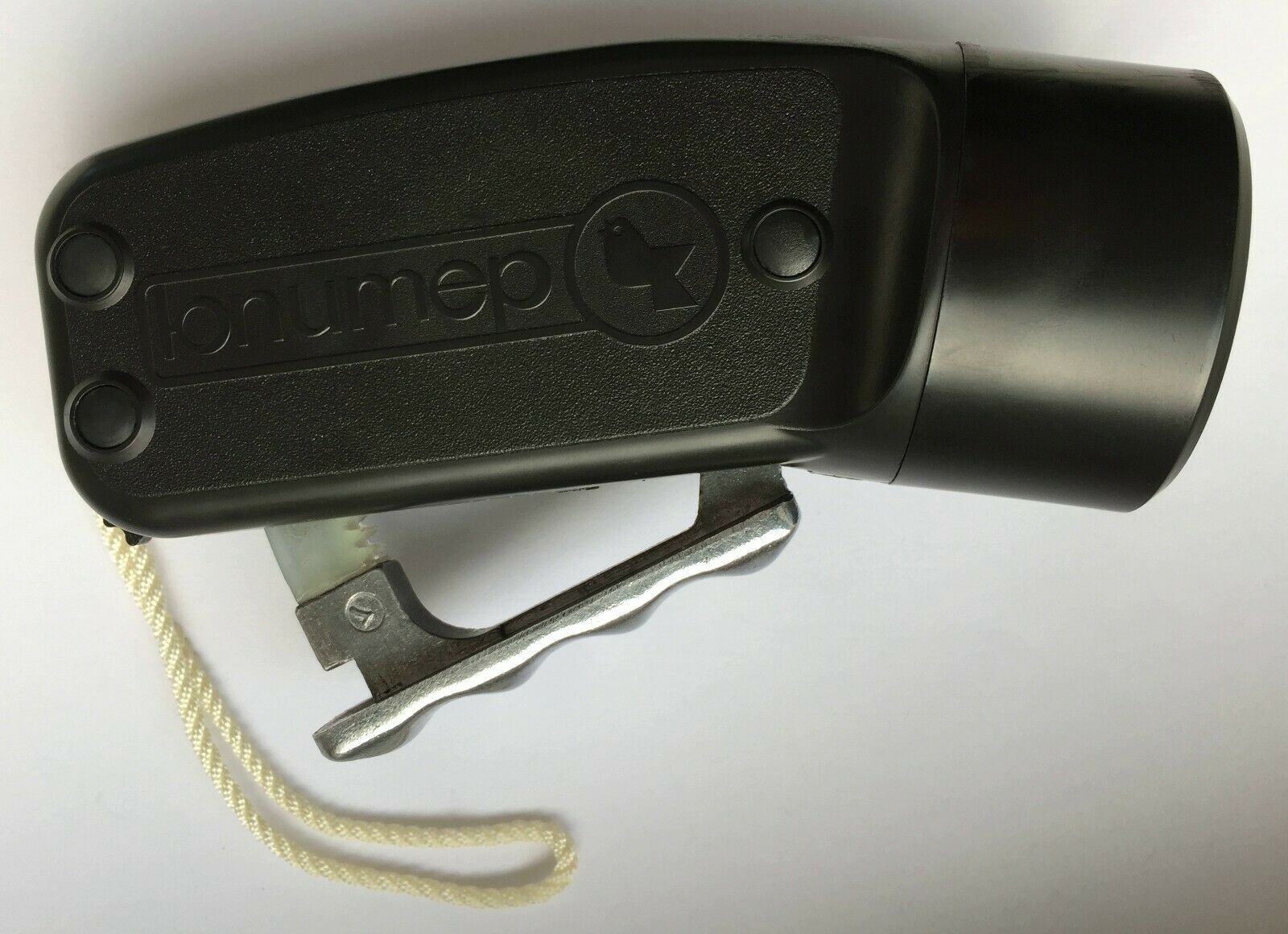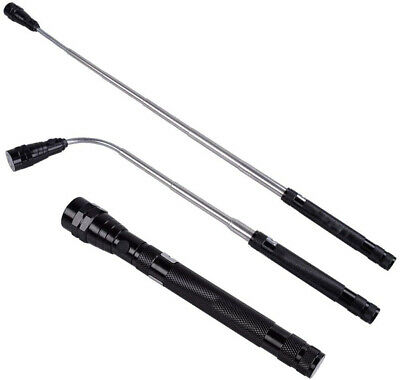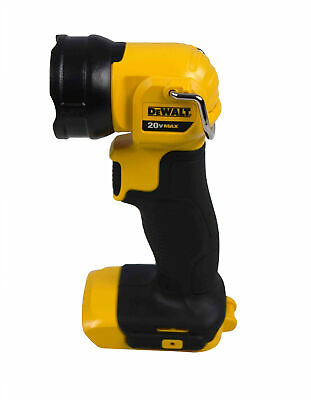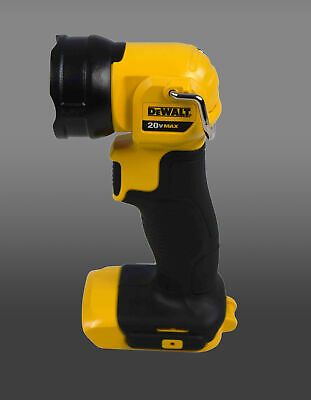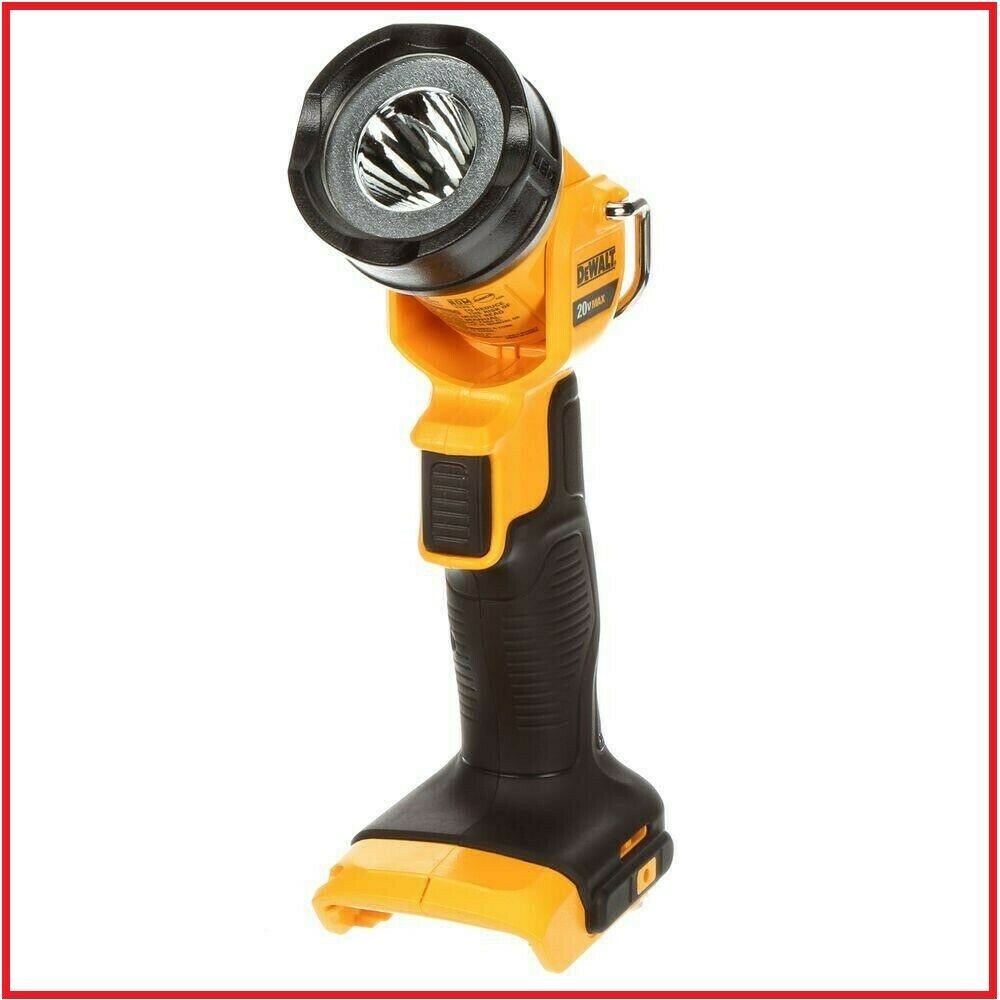-40%
Vintage dynamo Flashlight hand crank Lantern Russian bakelite torch Soviet lamp
$ 26.37
- Description
- Size Guide
Description
Electrodynamic flashlight manualPlant Radar of the USSR
Production history
In 1896, Americans Conrad Hubert and David Maisell created a prototype of an Autonomous electric lantern. It was large, heavy, and only burned for a few seconds. But the inventors managed to get the new York police and press interested in their device, which provided them with solid research funding. In the 1910s, battery-powered flashlights were already ubiquitous. Attempts begin to tame other types of energy – chemical and mechanical. By 1922, the first electrodynamic lights were on sale. Inside, they have a simple generator of alternating current. By pressing the handle with a spring, you can get an electric light. The device is in great demand among foresters, fishermen and hunters. In Europe, it is assigned the name "Jaeger flashlight".
In the USSR, electrodynamic flashlights have been produced since 1957. The first started Arzamas instrument-making plant, followed by Krasnodar plant of measuring devices, then joined the enterprises of the Union republics. The flashlight doesn't have a trade name. Its handle says something like "NHS" or "ZIP B-44" or something like that. In the people the name "bug" is fixed for a characteristic sound which is made at work. The cost of the device – 3 rubles 40 kopecks. Constantly pushing the lever is not easy, but it is still a very useful thing. Plus unkillable and unpretentious. It is difficult to break the "bug", and all the maintenance is to replace the light bulb every few years. Tourists carry a " bug "on hikes, with a" bug " down to the basement cottagers and it is carried in the glove compartment by motorists.
Radar plant-the company specialized in the production of radio-electronic and radar equipment for aircraft and helicopters. The high reputation of "radar" is the result of many years of successful work of the team and the reliability of manufactured products. On February 8, 1930, the Presidium of the Kiev regional Executive Committee decided to organize an experimental workshop for inventors in Kiev. On September 29, 1930, the Presidium of the Kiev city Council issued a decree on the placement of an experimental workshop on Sverdlov street No. 8-10. Initially, the plant produced machines for filling nails in machines for nailing heels, dynamic pyrometers, electric irons, medical devices, coolers for film projection apparatus, gas pressure regulators and autoclaves for the Academy of Sciences of the USSR. In 1931, by the decision of the Kiev city Council, the experimental workshop was transformed into the Kiev experimental plant No. 8. Alksnis. On may 15, 1932, the Presidium of the Kiev city Council moved the plant, which was then called experimental plant No. 8 on the territory of the boiler plant of the Czech concessionaire Paul on the street. Predslavinskaya, 35, where the plant is located to this day. In November 1940, textile experimental plant No. 8 moved to the aviation industry and became plant No. 454, and according to the project of the architect I. Karakis, in the same 1940, the mechanical Assembly shop of the experimental plant was built. The plant became one of the first aircraft instrument-making plants on the territory of the USSR. By June 1941, the plant began mass production of a number of special equipment units for the aviation industry in the new shop. In June 1941, the plant was evacuated to the city of Kuibyshev at the station Bezymyanka. The history of the plant in Samara is continued by JSC "aerodrome equipment Plant". In Soviet times, the plant specialized in the production of radar systems for aircraft and helicopters (it was here that the production of the first Soviet aircraft radars PBSN was started). Since 1966, the plant had an open name - "Communist". For the population, the plant produced household reel-to-reel tape recorders Jupiter, Vesna, "Mriya" known throughout the former USSR. In 1991, the plant "Communist" received a new name - "Kiev plant "Radar"", known as the manufacturer of the first in the USSR aircraft radars PSBN, radar homing heads for air - to-air missiles, as well as complex and particularly complex radar systems for aircraft and helicopters produced by aviation enterprises of Kharkiv, Kiev, Kazan, Ulyanovsk, Novosibirsk, Tashkent, Kumertau and other cities. The plant produces and repairs weather navigation radar "Buran-A" (for an-140, an-148, an-74TK-200, an-74tk-300, be-200), onboard navigation and landing equipment "Kurs-93M" (for an-140, MIG-29, MI-8), mnrls-85, "Groza", "Buran" (for TU, an, IL various types of aircraft), homing heads 9B 1101K (for r27r1 missiles "air-to-air"), sighting and navigation systems PNS-24m (for su-24 aircraft), "octopus" (for ka-27, KA-28 helicopters). The plant has highly skilled specialists, as well as complete production technological cycle, which includes the production, including set-up and control, waveguide devices, microwave antennas (including slot, phased arrays, etc.), highly stable microwave resonators and generators; electro plating shiny Nickel and chromium on parts and products of different designs from ABS plastic; staining of ferrous and non-ferrous metal powder polymeric paints by leading European firms (about 90 colors and shades); precision casting non-ferrous metals, pressing and molding of plastic products and rubber mixtures, stamping sheet metal, all kinds of mechanical processing of materials, electroerosion treatment of metals, precision chemical milling, gas electric welding, hydrogen brazing; Assembly and electrical installation works, adjustment, climatic and vibration tests electronic equipment and appliances; manufacture and design of tooling and tool. It should be especially noted that the company has a full production cycle of printed circuit boards made of foil dielectrics, both double-sided and multi-layer printed circuit boards of 3-5 class of complexity for radio-electronic equipment of the new generation. The plant is interested in cooperation with developers, investors and industrial enterprises for the creation, development and mass production of complex high-tech products for aviation and other industries, as well as industrial and household goods.
✮ Please do not make hasty bids, watch and read what you are buying. This product is very old and has signs of aging. It is being sold as is. Disputes and returns are not accepted. On holidays, delivery time may increase. In case of unforeseen circumstances, do not rush to open a dispute, write to me, and I will begin to solve the problem. If you have any complaints, questions or concerns, I will be happy to answer them. The most valuable thing for me is your opinion and satisfaction, my reputation is also very important for me. Thank you for your understanding, waiting for your feedback! ☭
